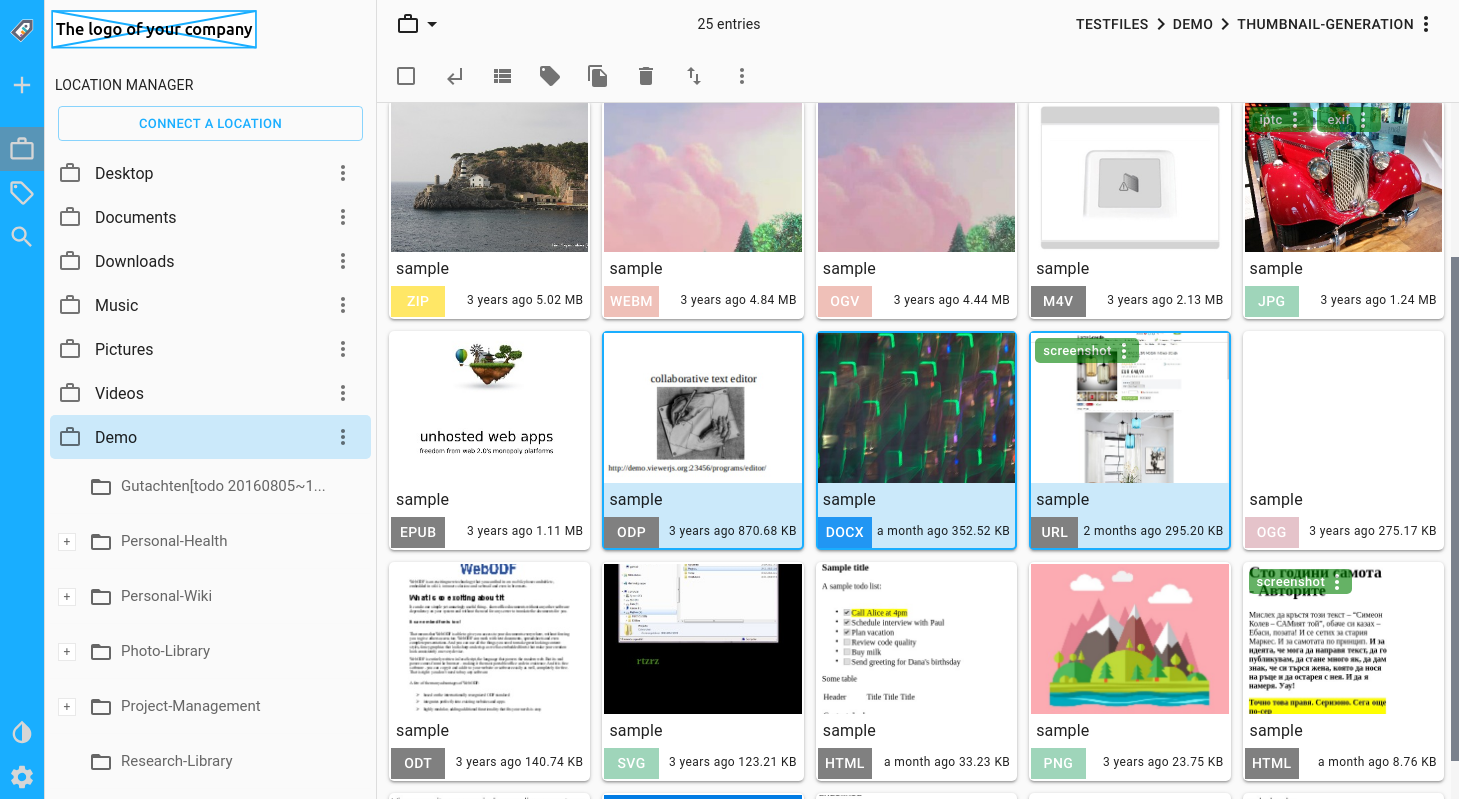

The multi-panel view offers the same easy-to-navigate wide-screen optimised experience, with subtle improvements: the location manager now offers expandable folders, the item properties and search views have had some UI refinements for better visual consistency, but all that only makes TagSpaces look even more familiar. There are a few major changes and lots of minor improvements, while the user interface remains mostly the same with a few tweaks, delivering much of the aforementioned consistency, at least since version 3.0 which offered lots of UI and UX improvements.Įverything is right where you left it. In this case, the kitchen sink is the right way to go, as the various features are unobtrusive and are not forced on the user. TagSpaces is not your typical venture-funded make-money-as-fast-as-possible minimal product, and it truly shows.

I personally started using it as an Evernote replacement, which remains its main feature for me, even though I’ve taken to using it for a lot more over the years but never did I feel any other functionality that I don’t normally use get in my way. TagSpaces has functionality that you might never use, and others that seem like you could not live without it but, of course, each of us will find different aspects of it useful. The good thing about this approach is that - although it’s easy to do it wrong, overwhelming the user with unwanted features - if done right, it will make an application appealing for a lot more people than an often overly simplistic MVP product would. (Because the cloud does have its uses, after all.) This might sound like a kitchen-sink approach, and in a way it is. It can be a file manager, a note-taking app, a photo organiser, media organiser, or your gateway to your own cloud storage. TagSpaces is far more than a file-manager, offering functionality that allows it to become its own ecosystem, without the usual vendor lock-in, offering a unique way of managing file tags, while remaining more traditional when it comes to spaces.

TagSpaces is a no-backend, offline-first, cloudless, privacy-respecting file organiser with a twist. But that’s a very different topic, and since the problem is known, let us focus on the solution. Yes, the much-hyped AI also needs your cloud-stored data, it literally feeds off it. (If you have not read it, you should.) Cloud applications and cloud-based data storage is forced on us like there was no other way, becoming ubiquitous, giving an illusion of data security while, in actual fact, this cloud-craze only serves the interests of a few select corporations that make a killing from harvesting your data. If you read my article “ The problem with Cloud based note-taking apps”, you might know I’m not the biggest fan of cloud-basing everything just for the heck of it. When trends and fads come and go, and everyone seems to be keen to jump on the newest bandwagon, just to jump right off it when everyone else has found and even newer and shinier trend to follow and discard, TagSpaces delivers a much welcome sense of continuity and reliability.
#Tagspaces perspective pro#
I’ve been using TagSpaces for quite a while and had been using the PRO version for these last two years, during which it had proven to be some of the most stable and reliable experiences I’ve had in the world of software. The privacy-focused open core file organiser has had quite a few upgrades and usability improvements since I started using it, warranting a new article, and some more advocacy for cloudless computing. I t has been a little over two years since TagSpaces has become my de-facto solution for document and note management on all my personal computing equipment. All about the latest feature updates of your favourite privacy-aware file organiser


 0 kommentar(er)
0 kommentar(er)
